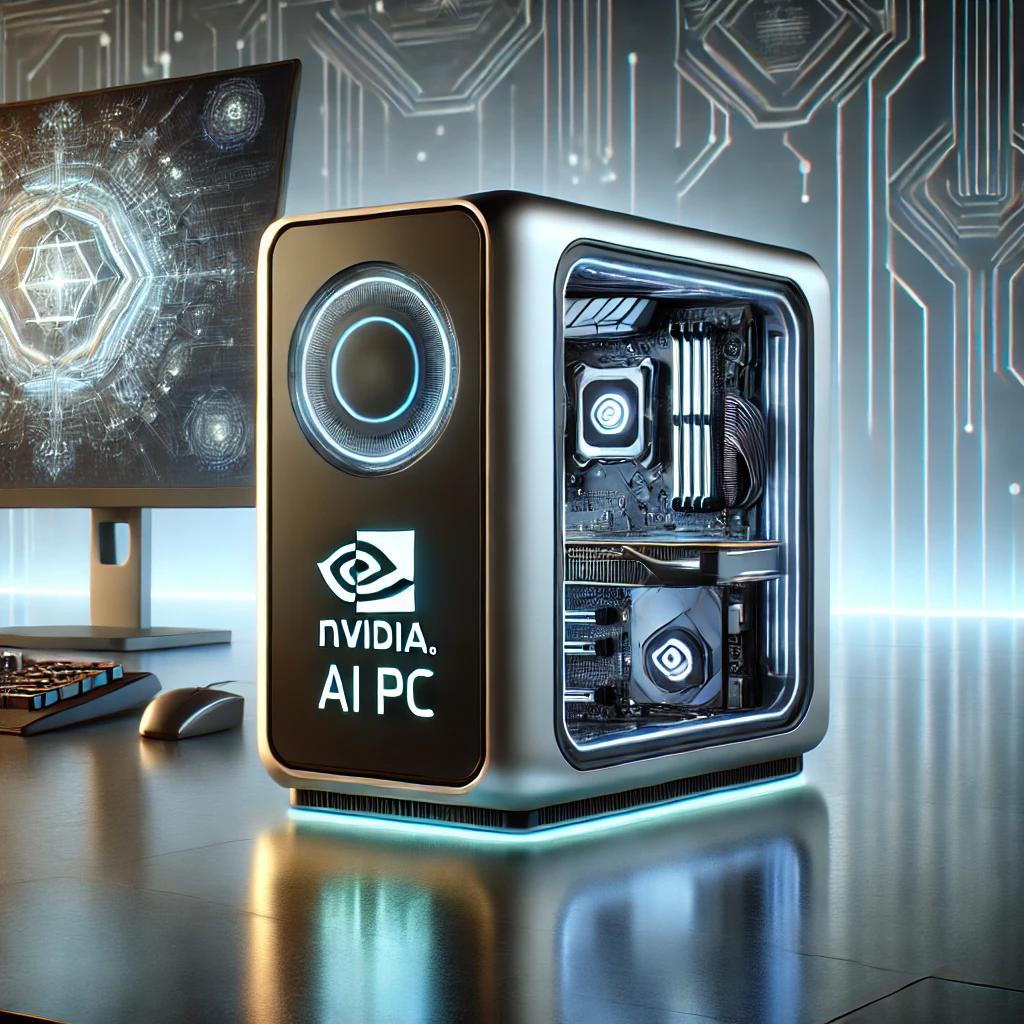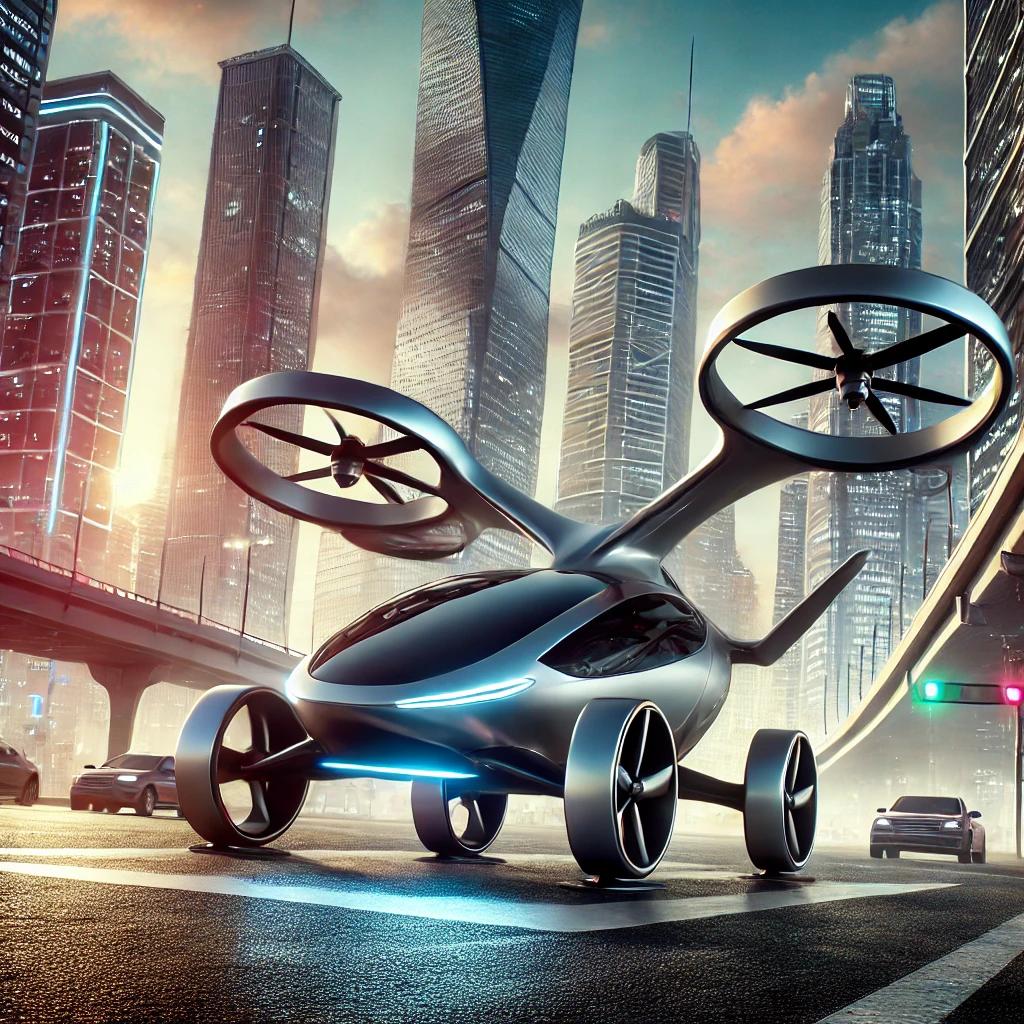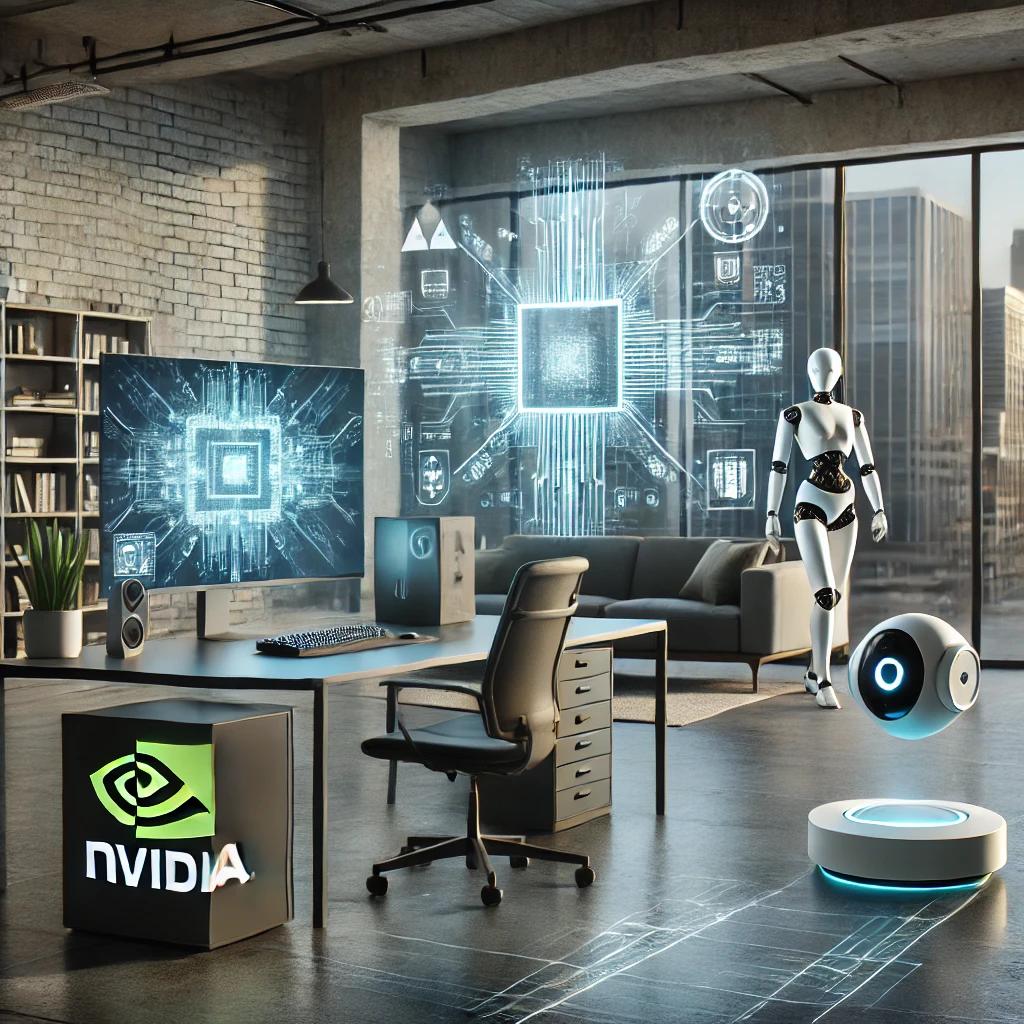The Consumer Electronics Show (CES) 2025 has unveiled groundbreaking advancements that promise to shape our future. Among the highlights were Nvidia’s announcement of a personal AI PC and Xpeng’s ambitious flying car plans. Let’s dive into these revolutionary developments and what they mean for consumers and industries alike.
Nvidia’s AI PC: A Game-Changer in Personal Computing
Nvidia introduced a $3,000 personal AI computer designed for everyday users. Dubbed the “AI PC,” this device is optimized for artificial intelligence tasks. It promises to bring AI capabilities previously reserved for enterprises into homes and small offices.
The AI PC is powered by Nvidia’s latest graphics processing units (GPUs), combined with enhanced AI algorithms. Users can perform tasks such as video editing, real-time language translation, and advanced 3D modeling faster than ever before.
According to Nvidia’s CEO Jensen Huang, “The AI PC will democratize access to cutting-edge AI technology, enabling creators and innovators to unlock their potential.”
Why It Matters
The launch of the AI PC signifies a significant shift in personal computing. For years, AI has been synonymous with cloud computing. Now, Nvidia is making it possible to harness AI power locally. This reduces reliance on internet connectivity and improves data privacy.
Moreover, Nvidia’s move aligns with the rising demand for high-performance devices among content creators and professionals. As AI continues to integrate into workflows, the AI PC could become a staple in many industries.

China’s Flying Car Dream: Xpeng Leads the Charge
Meanwhile, Chinese electric vehicle company Xpeng unveiled its bold flying car project. The company plans to roll out commercial flying cars by 2026.
These vehicles aim to combine traditional road-driving capabilities with vertical takeoff and landing (VTOL) technology. The initial prototype showcased at CES offers a glimpse into a future where traffic jams might become obsolete.
Xpeng’s flying cars will operate on a hybrid system. This allows them to switch seamlessly between road and air travel. They are designed with safety features like collision detection, autonomous navigation, and real-time weather analysis.
What’s Driving the Innovation?
The global push for sustainable transportation is one major factor. Governments and consumers alike are demanding cleaner, more efficient mobility solutions. Flying cars, powered by electric or hybrid systems, could provide a viable answer.
Xpeng’s project also reflects China’s increasing role in technological innovation. The nation is no longer just a manufacturing hub; it’s emerging as a leader in future-facing industries.
Analysts suggest that the flying car market could grow exponentially in the next decade. Xpeng’s early entry positions it as a key player in this evolving space.
Challenges on the Horizon
While both Nvidia and Xpeng have set ambitious goals, challenges remain. Nvidia’s AI PC must prove it can deliver real value to consumers at a steep price point. Affordability and scalability will be critical for mass adoption.
For Xpeng, regulatory hurdles could slow down the flying car revolution. Countries need to establish air traffic rules and safety standards before these vehicles can take off commercially.
Moreover, public acceptance of flying cars may take time. Trust in autonomous systems and safety will play a major role in adoption rates.
Looking Ahead
CES 2025 has provided a glimpse into a future filled with possibilities. Nvidia’s AI PC could redefine personal computing, making AI accessible to all. Meanwhile, Xpeng’s flying car project teases a world where mobility is no longer bound to the ground.
As these innovations move closer to reality, they raise important questions about regulation, affordability, and societal impact. One thing is certain: the tech industry is once again pushing boundaries, and the future looks incredibly exciting.

For more updates on CES 2025, check out the official event page or follow ongoing news from TechCrunch.

